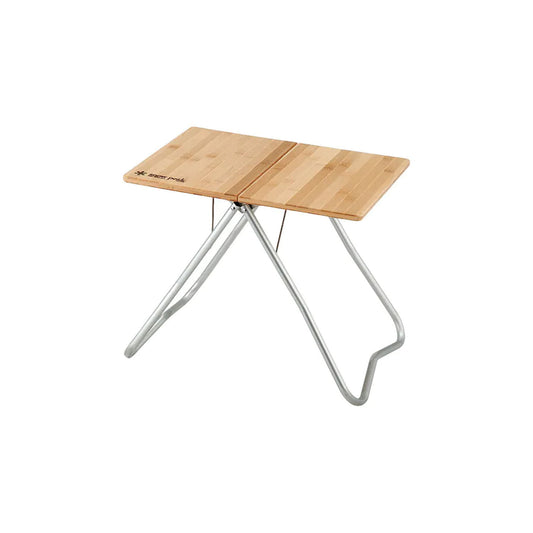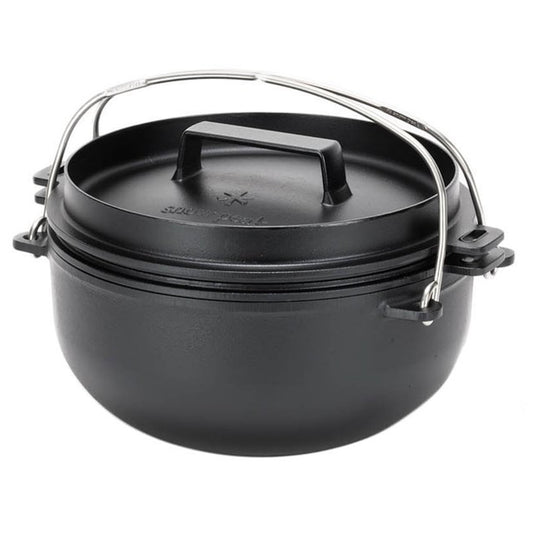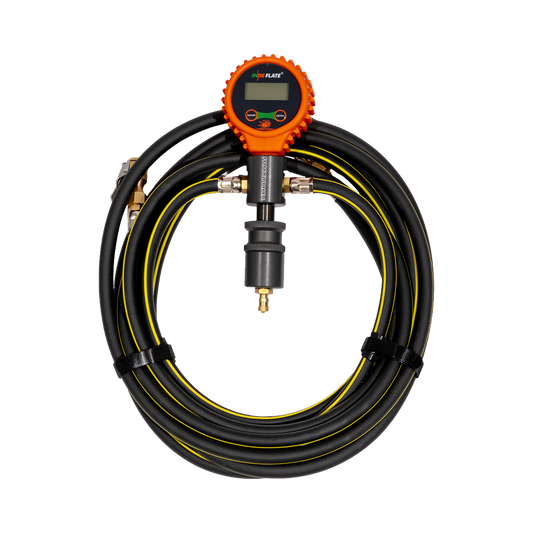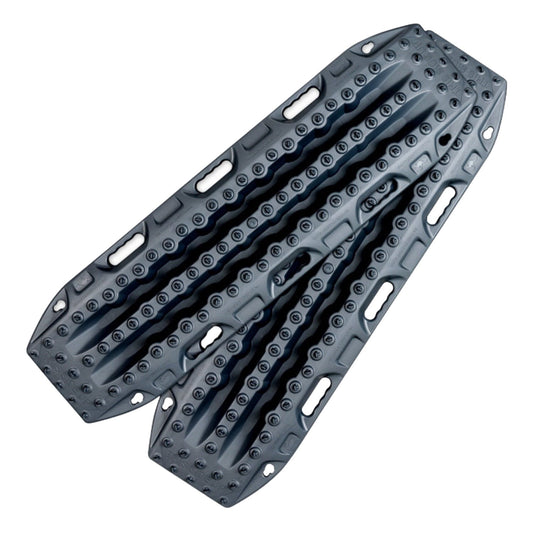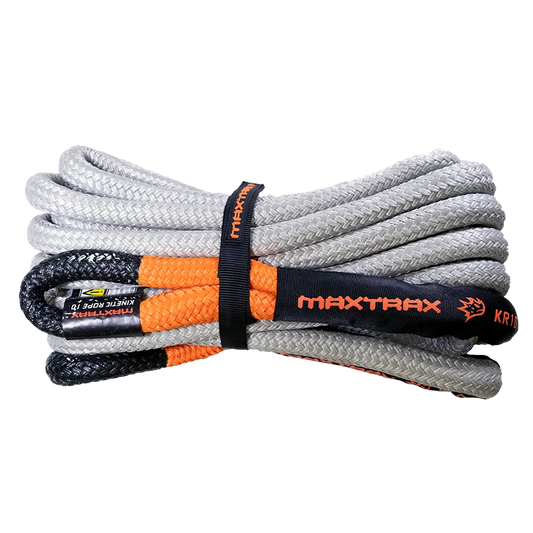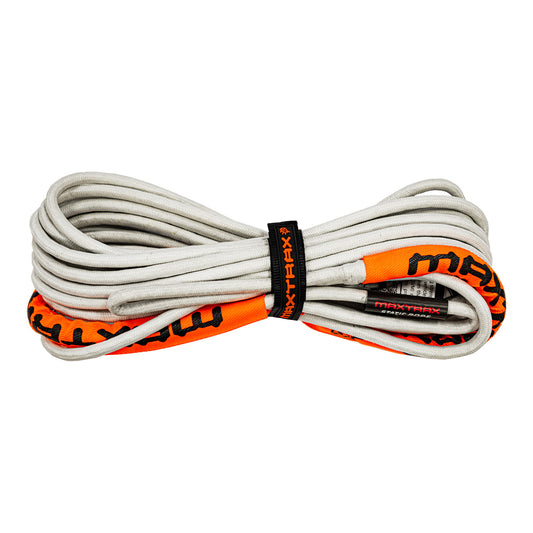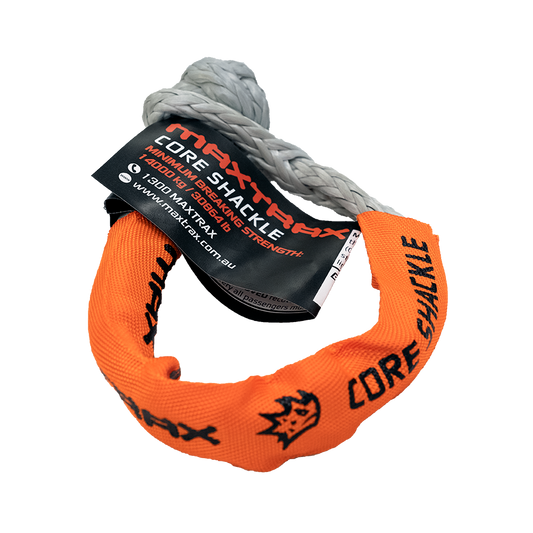12v Setup Design Considerations
It’s easy to jump right into a vehicle build, but without the adventures in mind, you may miss the mark. Our LandCruiser is our remote overland explorer, tow vehicle for trips with a camper trailer, adventure vehicle for kayaking, hiking and surfing trips and my daily driver. We wanted our electrical system to suit everything from long Australian outback trips like the Canning Stock Route through to being parked up relaxing on remote coastal stretches and even international escapades.

In our Cruiser, the rear sets interchange with storage shelves, and the rooftop tent regularly comes on and off. From a 12V setup perspective, this meant all of the equipment needed to mount clear to allow for the different configurations. There isn’t excess room in wagons, so to do this we chose to mount everything behind an easy access Front Runner Gull Window.

Fast, Flexible Charging and Excess Battery Storage
Our secondary lithium battery is charged by a REDARC Manager 30. The Manager 30 is capable of charging DC to DC from the vehicle, from solar input or mains power. We have the 240v system Australian spec Manager 30, but a 110v system is now available in the United States too.

When we’re regularly on the move, charging from the vehicle, DC to DC, is usually sufficient. When we park up for a few days, we plug our solar blanket into the Manager 30 to keep our battery topped up. We tend to use mains power charging to top up our system when we are not driving much at home.

With a small amount of battery storage, even the most advanced electrical systems will struggle to keep up with demand. However, with lithium batteries, it’s now possible to install ample storage without adding the historical bulk and weight to your 12v setup. We chose a 180Ah lithium battery. It squeezes beside our drawers, behind the rear wheel arch and into the body void slightly. It’s 23kg or 51lbs and has the equivalent useable power of three similarly sized lead-acid batteries but at a quarter of the weight and a third of the size; it’s a massive amount of energy.
Simple Clean Wiring
Electrical gremlins are a common bugbear for travellers. While old, low-quality wiring is a common cause, a complex spaghetti layout makes troubleshooting a nightmare. In the design stage, I wanted minimal wiring to run through the firewall to the accessories in the rear. First, I looked at some marine distribution panels to handle the task in the back. In discussing my plans for our 12v setup with my friend, Scott, from REDARC, he offered early access to a test unit of their new RedVision system. At that time, it was still in R&D for vehicle usage (it’s since been released in Australia and will be available in the United States in 2020/2021).

RedVision was exactly the distribution box I was looking for, but it was so much more. RedVision allows for the switching of every connected accessory and shows the accompanying gauges too, either on the RedVision Display or App. It consolidates a large number of switches, displays and wiring. We located the distribution box in the rear, and most accessories are nearby. From here, the installation is simple. It makes it much easier to troubleshoot a fuse or perhaps a damaged wire.

Low Draw Accessories and Habits
Ample battery storage solves many issues of the issues of older style 12v setups. Still, it’s easy to ramp up our power usage and be back to square one. For efficiency, we have a low draw chest fridge, we’ve also switched the interior lights of the vehicle to LED to match the rest of our lighting.

When we are parked up and relying on solar for extended periods, we are careful about when we run things too. Often we can top up our battery to 100% by early afternoon; after that time, power is spilling. We find that it is an excellent time to switch on our inverter and charge our cameras and laptops. We are using energy that would otherwise go to waste, rather than further running down our battery in the evening or overnight.


Everything Possible is Connected to the Secondary Battery
While we carry a compact lithium jump starter, we’d prefer not to use it. Accidentally draining the starting battery is something most of us have done at one time. So we’ve rewired our car stereo and interior lights to run off the secondary battery alongside the majority of our accessories. With our entire 12v setup the only accessories connected to the primary system are our winch and driving lights; both of which are harder to run accidentally.

Our 12v Setup List
Connected to the Secondary Battery
REDARC Manager 30
REDARC RedVision
REDARC 1500W Inverter
REDARC 150W Solar Blanket
REDARC Tow-Pro Elite V3 Brake Controller
RV Lithium Systems 180Ah Battery
2 x Water Tank Pumps & Water Level Gauges
ARB 47L Fridge
ARB Twin Compressor
USB & Mains Charging Outlets
Iridium Extreme Satellite Phone
Cel-Fi Go Mobile Repeater
Bury Qi Wireless Mobile Charger
Icom IC-450 UHF Radio
Apple iPad for Navigation
Alpine DDX920WDABS AV Receiver with Reverse Camera
Lightforce Cabin LEDs
National Luna Rear Gull Window and Rear LEDs
Connected to the Starting Battery
Warn Zeon 10-S Winch
Lightforce HTX2 Driving Lights




